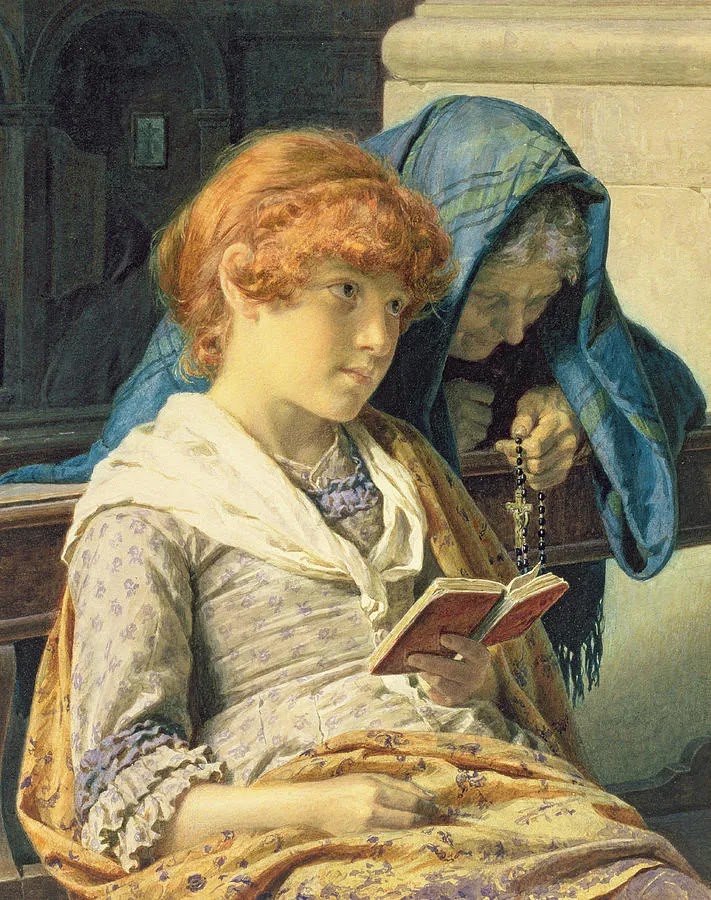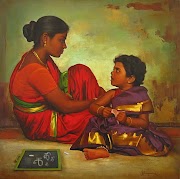Luigi da Rios (1843 - February, 1892) was an Italian painter. Born in Ceneda, Vittorio Veneto, he received his artistic education at the Academy of Fine Arts in Venice, earning several awards for his talent. To evade conscription into the Austrian armies, Luigi fled to Florence in May 1866. After the conflict concluded, he returned to Venice, dedicating himself to painting portraits, genre scenes, and historical subjects.
Between 1867 and 1882, Luigi exhibited regularly at the annual shows of the Venetian Promotrice di Belle Arti. Some notable works from his portfolio include "Una cameriera," "Torquato Tasso," "Raffaello e la Fornarina," "Le donne al pozzo" (which won the first prize in 1872 at the Regional Exhibition in Treviso), "Le analfabete" (the illiterate), "L'orfanella," "Una calle a Venezia," "Dopo la messa," "Dopo il lavoro," and "Lettura."
Luigi da Rios also contributed frescoes to Villa Bisacco-Palazzi in Chirignago (1864), Villa Visconti di Modrone on Lake Como (1866), and the parish church of Chirignago (1878).
Recognized for his artistic achievements, Luigi was appointed as an academic of merit at the Venetian Academy and became a member of the Society of Watercolor Painters in Brussels. He passed away in Venice in 1892.




































0 Comments